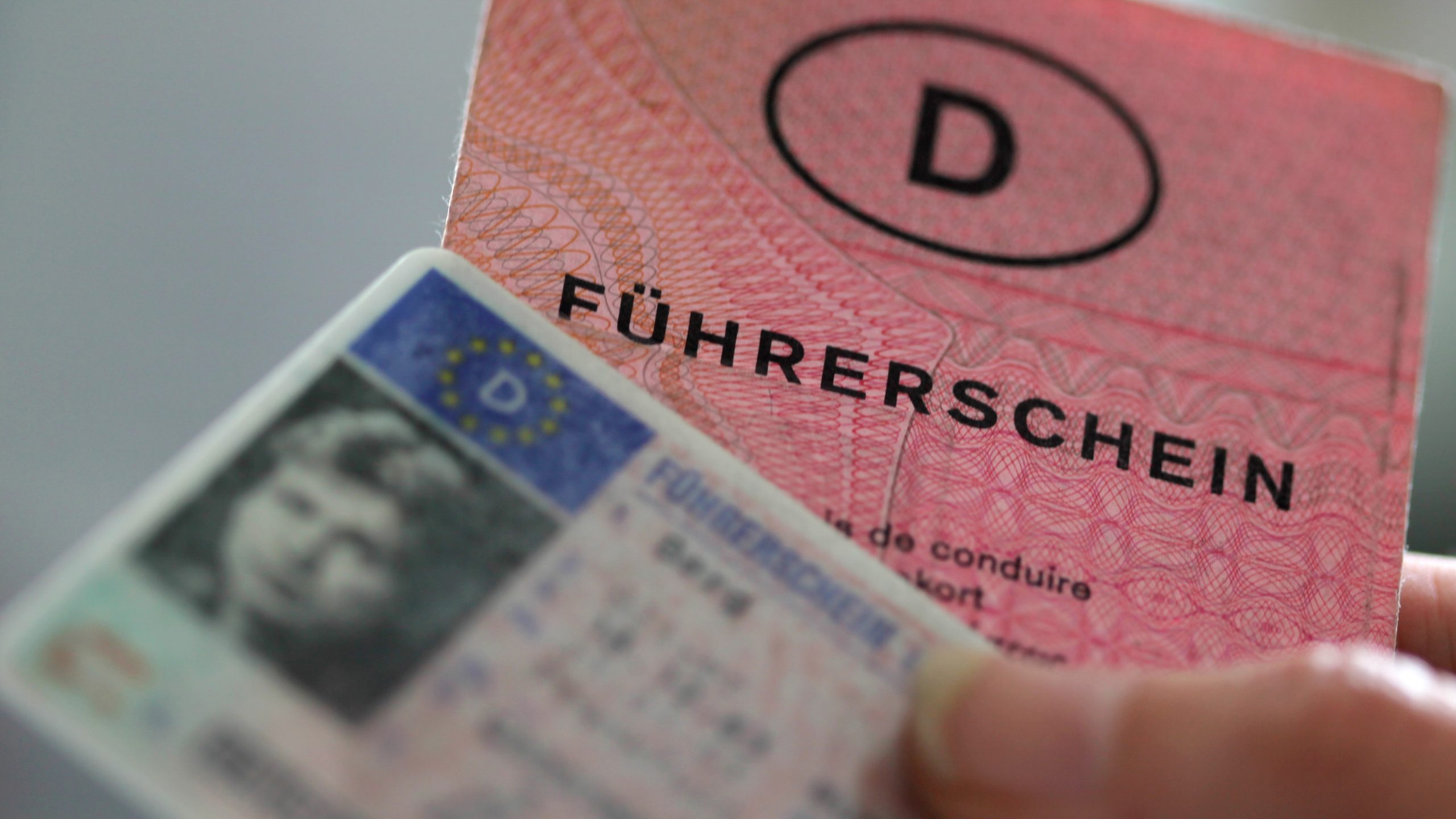The Process of Obtaining a Driver's License: An Informative Guide
Obtaining a chauffeur's license is a substantial milestone in many individuals' lives. It is frequently seen as the initial step towards self-reliance and obligation. expressdeutschekartes offers an extensive summary of the procedure associated with getting a motorist's license, including the experiences that feature it. From understanding the different types of licenses to navigating through the application procedure, this guide will assist striving drivers prepare for the roadway ahead.
Comprehending the Different Types of Driver's Licenses
Before starting the application process, it is essential to understand the various types of driver's licenses available. It needs to be kept in mind that licensing categories may differ by state or country; nevertheless, the general categories are as follows:
| License Type | Description |
|---|---|
| Learner's Permit | A restricted license enabling brand-new chauffeurs to practice under supervision. |
| Class C License | The most typical license type that enables people to operate standard vehicles. |
| Class B License | Needed for chauffeurs of bigger cars, such as buses or trucks. |
| Class A License | Necessary for operating heavy trucks and big trailers. |
| Bike License | Particularly for operating bikes. |
Understanding these categories helps people choose the appropriate license type based upon their driving requirements.
Actions to Obtain a Driver's License
Getting a driver's license typically includes a series of well-defined actions. Here's a structured overview that aspiring motorists can follow:
1. Research and Choose a Driving School
- Examine regional schools to find one that fits your requirements.
- Inspect online reviews and ask for recommendations.
- Validate the school's accreditation and licensing.
2. Get a Learner's Permit
- Many jurisdictions require brand-new motorists to obtain a learner's authorization initially.
- Prepare for a written test to evaluate your understanding of roadway indications and traffic laws.
- After obtaining the license, practice driving under guidance.
3. Complete Driver's Education
- Register in a chauffeur's education course, which often includes class instruction and behind-the-wheel training.
- Finishing a state-approved course might reduce your wait time for a complete license.
4. Practice Driving
- Invest appropriate time practicing driving with a licensed instructor or an experienced chauffeur.
- Concentrate on different driving conditions, such as night driving and highway travelling.
5. Arrange Your Driving Test
- When you feel ready, schedule your driving test through your local Department of Motor Vehicles (DMV) or comparable.
- Make sure all required files are prepared beforehand.
6. Take the Driving Test
- Show up at the testing center with all needed paperwork.
- Total both the composed and practical driving evaluations.
7. Receive Your Driver's License
- After passing both tests, you will be issued a driver's license.
- Familiarize yourself with any limitations connected with your brand-new license.
Producing an organized approach helps streamline the experience, making it less overwhelming for new motorists.
Typical Experiences During the Licensing Process
The roadway to obtaining a driver's license is filled with different experiences. Numerous individuals come across obstacles and victories along the method. Here are some typical experiences reported by new chauffeurs:
Nervousness During Testing
- It is common for brand-new chauffeurs to feel worried before taking their tests. This stress and anxiety can be attended to through adequate practice and relaxation methods.
Knowing from Mistakes
- Making mistakes is part of the knowing process. Lots of people report learning vital driving skills from initial failures throughout session or tests.
Getting Confidence
- As experience develops and driving abilities improve, lots of people explain a significant boost in self-confidence behind the wheel.
The Freedom of Driving
- The enjoyment and flexibility of earning a motorist's license frequently outweigh the difficulties of the procedure. Numerous chauffeurs treasure the newly found independence that includes having a license.
Developing Responsibility
- With the privilege of driving comes the responsibility of ensuring security for oneself and others on the roadway. Many new motorists express an increased sense of accountability.
Often Asked Questions (FAQs)
1. How old do I need to be to obtain a chauffeur's license?
The majority of states need applicants to be at least 16 years of ages to get a learner's authorization, and 18 years old for a complete motorist's license.
2. What files are needed for the application?
Typically required documents include evidence of identity (such as a birth certificate), Social Security number, evidence of residency, and conclusion of a driver's education course if applicable.
3. Just how much does it cost to get a motorist's license?
The expense varies considerably by state or nation, ranging from ₤ 20 to ₤ 100, depending upon various aspects such as screening charges and educational courses.
4. Can I drive with a student's license?
Yes, but with certain limitations; normally, a licensed chauffeur should accompany you.
5. How long is a chauffeur's license valid?
The majority of chauffeur's licenses stand for 4 to 8 years, depending on the state policies.
Getting a motorist's license is a diverse procedure that blends knowing, practice, and responsibility. By understanding the different types of licenses, following a structured method, and acknowledging typical experiences, prospective drivers can navigate their method towards acquiring this important credential. Whether it represents newfound self-reliance or a driver's long-lasting journey, the importance of a chauffeur's license stays a significant element of personal advancement and mobility in today's world.

